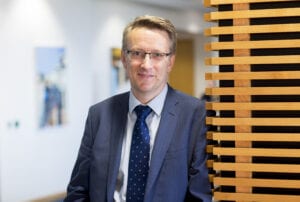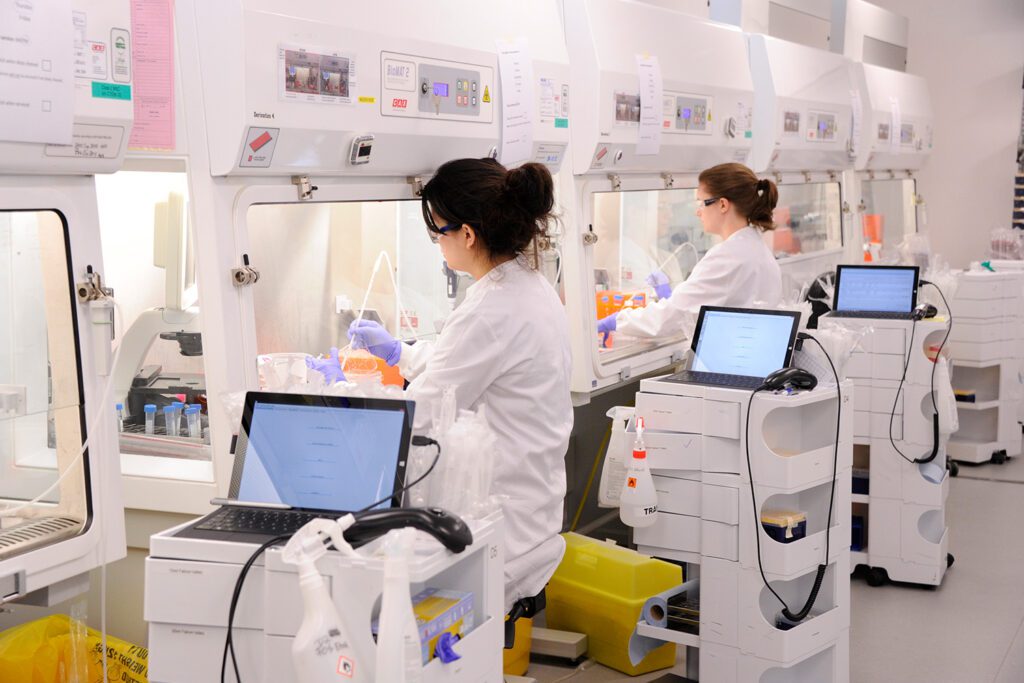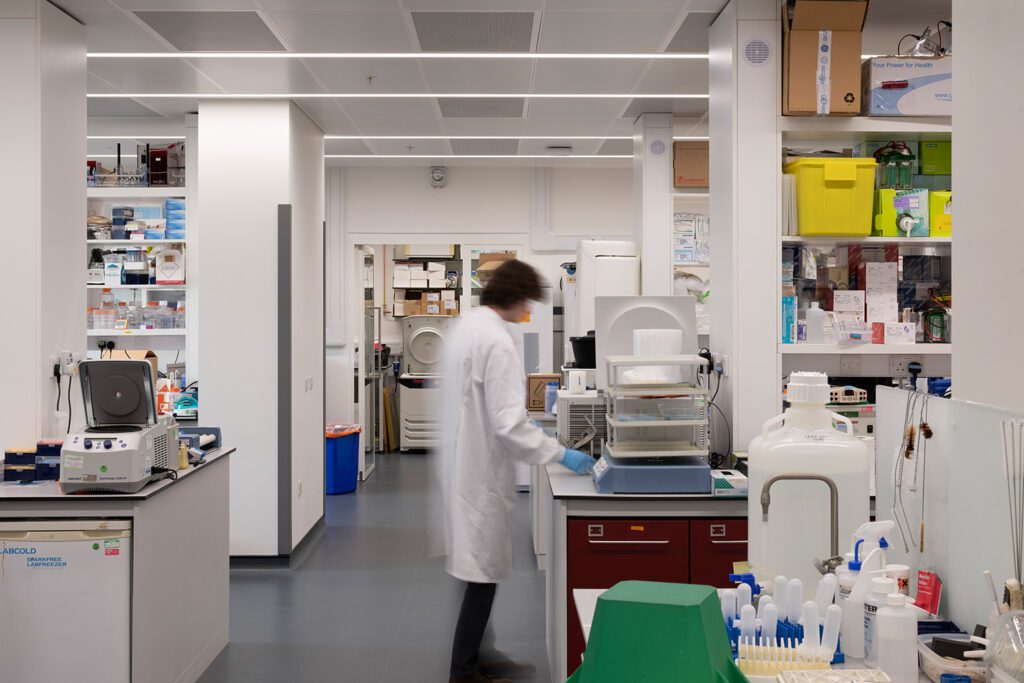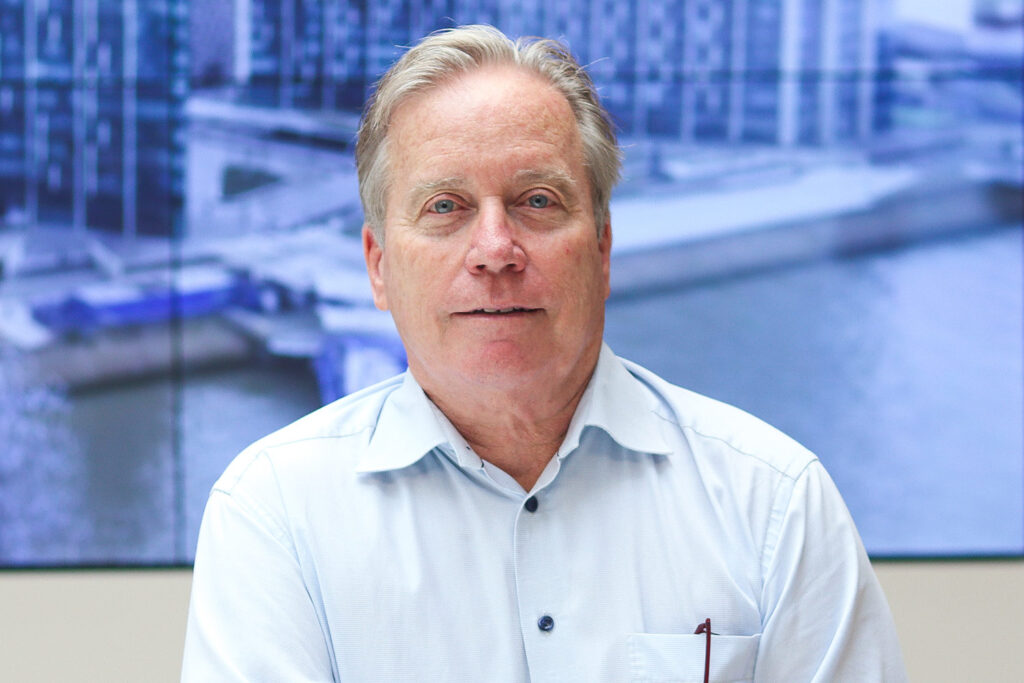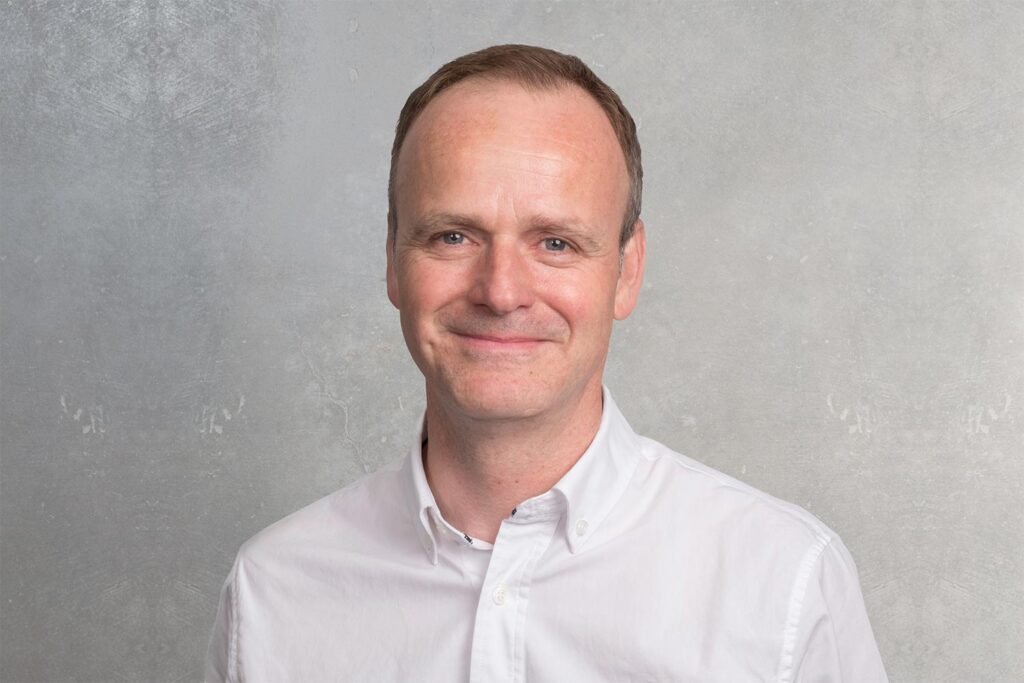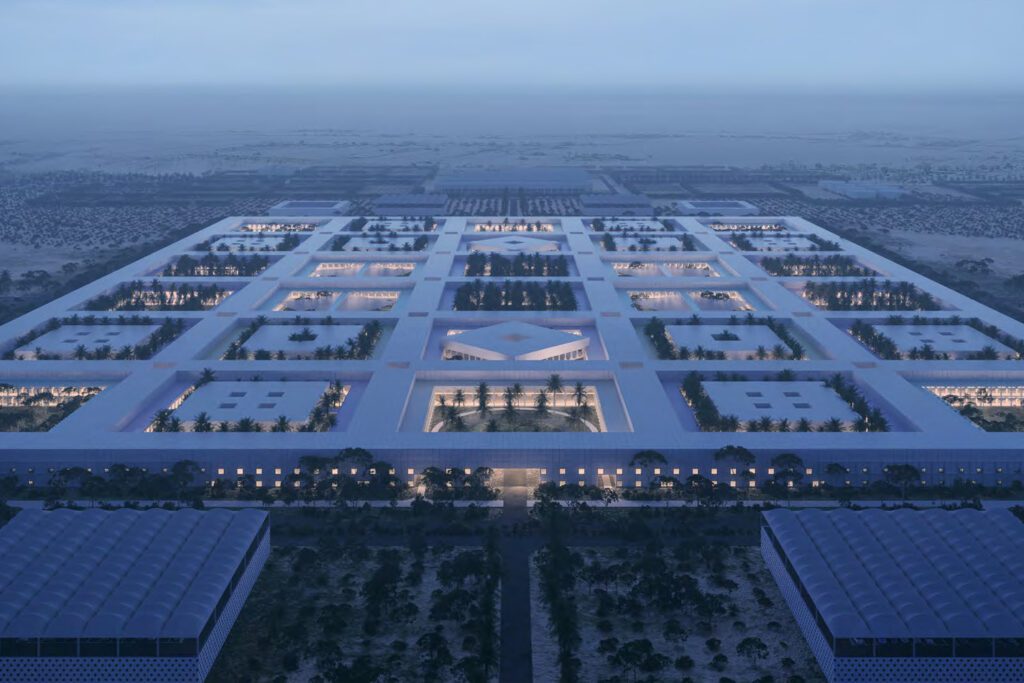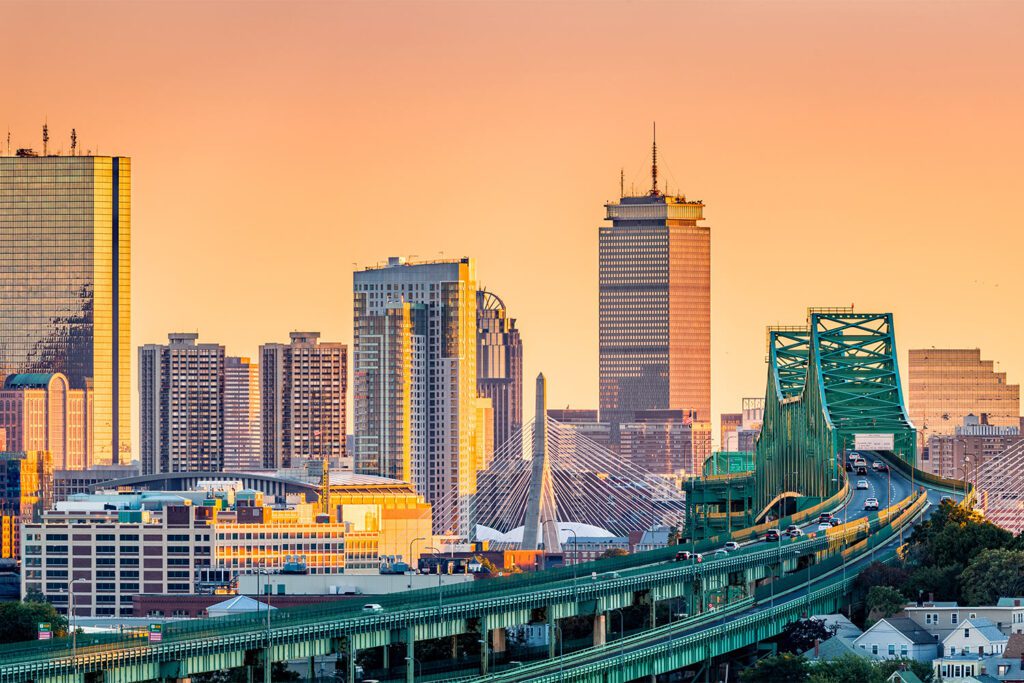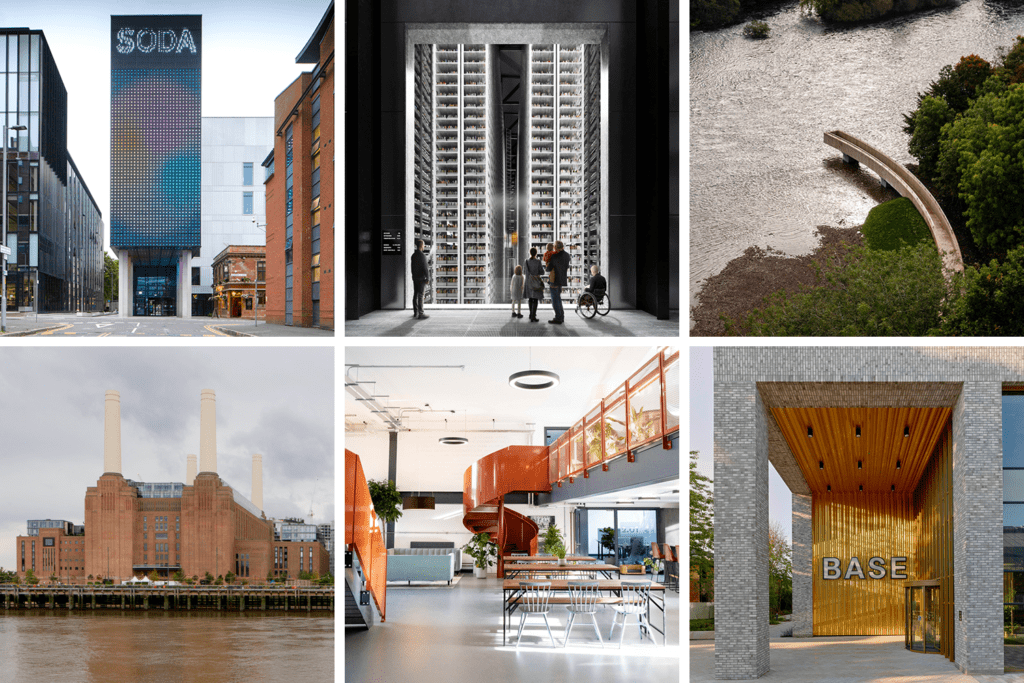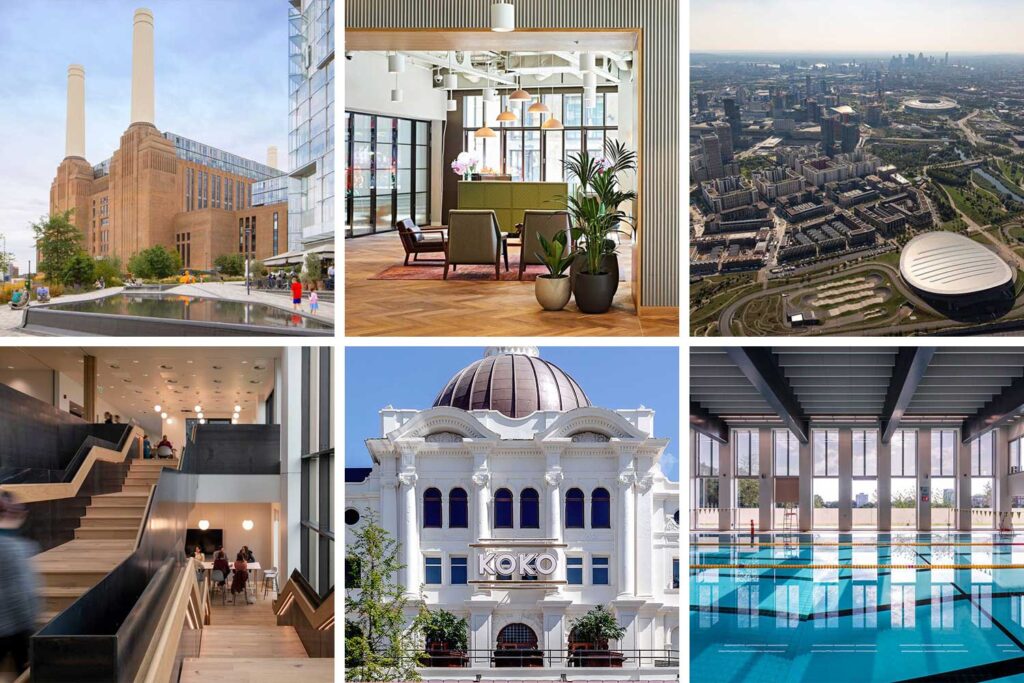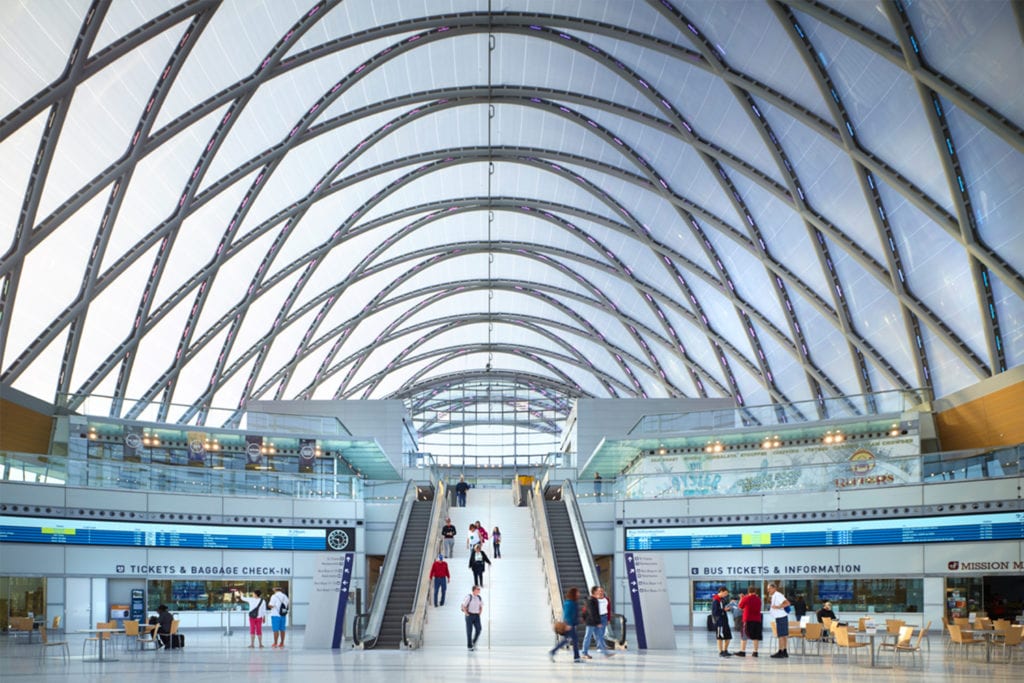Science in the city: the rise of city centre science developments
One year on from the Abell Nepp team joining Buro Happold, we look at how the focus for laboratory consulting has been dominated by a shift to city science developments, filling a niche in the post-pandemic market
In April 2022, Buro Happold announced its acquisition of London-based Abell Nepp, specialists in laboratory planning and design in the science and higher education sectors. Buro Happold had already built a strong working relationship with directors Chris Abell and Bruce Nepp over the previous two decades, both prior to and following the founding of Abell Nepp in 2009. The two firms collaborated on various projects including Imperial College London’s Michael Uren Biomedical Engineering Hub and the London Institute of Medical Sciences for the Medical Research Council.
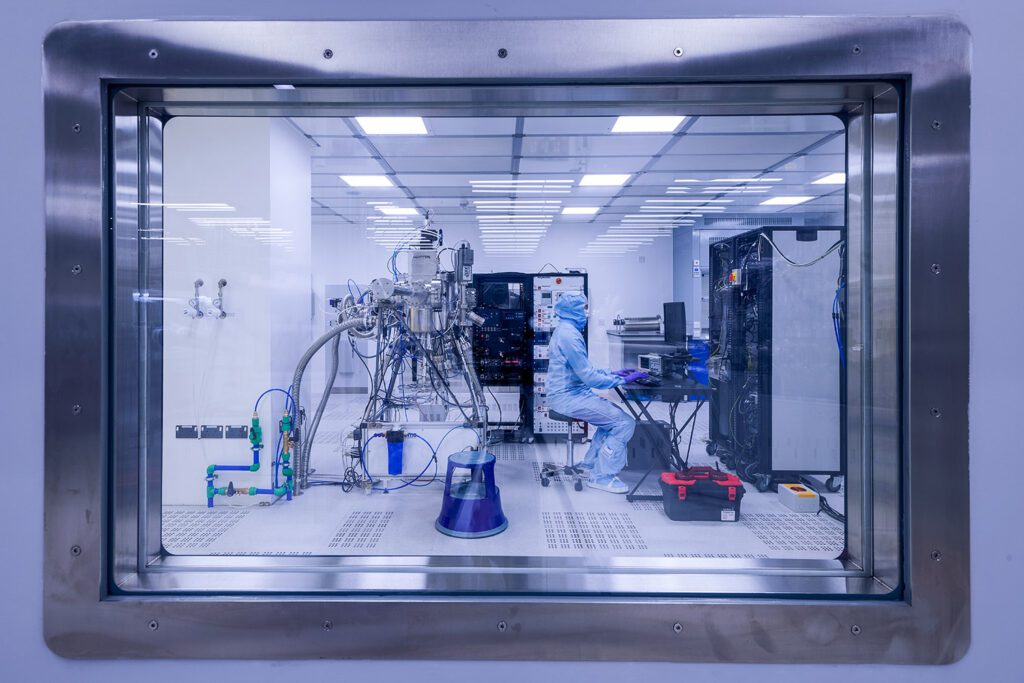
Building on this foundation, it was a natural next step to combine practices. Abell Nepp boasted a wide-ranging knowledge of the science, research and technology sector. It worked on a range of campus, building, and laboratory planning projects covering biomedical, biopharma, and physical and forensic sciences. The ambition was that the integration of Abell Nepp into Buro Happold, would strengthen client-consultant teams, ensuring Buro Happold provides a seamless offer to clients that includes laboratory design alongside integrated engineering services for its growing sectors.
Neil Billett, partner at Buro Happold, says: “Science buildings were in our DNA anyway, but the market has grown and we have put more into this active market, especially since Covid times, when a lot of money flowed into life sciences. Quite often we worked with Abell Nepp previously, though we were both appointed directly. But our work overlapped and had a high interface, because it’s where the technical resolution occurs of how to affect a good science capability for a client. It’s all about the engagement with clients and scientists to unlock the potential of planning and the technical opportunities of those laboratories.”
One year on and the vision has become a reality, with the laboratory consulting team growing rapidly under Chris and Bruce’s continued leadership, as the landscape of the sector has continued to reveal some interesting shifts, which are providing new opportunities around lab-enabled spaces in the UK post-Covid and post-Brexit.
We thought it would be interesting to be closer to the engineers. We also liked the fact that if we went with Buro Happold, we could still work with all kinds of other architects.
Bruce Nepp, director, laboratory consulting
Bruce Nepp recalls that the notion of the two firms coming together was first mooted, like all good ideas, over a pint with one of the Buro Happold partners. “I said, it would be interesting to be an architect next to the engineering practice,” Bruce says. “Our lab planning has a big interface with engineering. We thought it would be interesting to be closer to the engineers. We also liked the fact that if we went with Buro Happold, we could still work with all kinds of other architects. If we went back to working at big [architecture] practices, as both Chris and I had done before founding Abell Nepp, then we wouldn’t have been able to do that.”
While the team is free to work with other consultants and specialists across the industry, they also see the potential for working closely with other Buro Happold disciplines – with specialisms like acoustics (vibration), people flow and analytics offering clear synergies.
Bruce says the first year of the integration has been an enormously positive experience. “We’ve been well received and the synergies are good. We’re so busy at the moment – it’s been a very successful year,” he adds. “We are recruiting rapidly. We’ve just hired two people this week and will be looking to grow further in the coming months.”
Evolving landscape
The integration of Abell Nepp into Buro Happold has come at a time when the nature of the science market in the UK is rapidly evolving. Developers have turned their attention post-pandemic and post-Brexit, to the opportunities around adapting now under-utilised office buildings to provide specialist space for science businesses. These are particularly focused on life sciences, biosciences and pharmaceuticals, which are enjoying a period of rapid growth following this significant refocus on science and the knowledge economy. These often speculatively planned developments are shifting the attention from out-of-town science parks to more inner-city landscapes, particularly in London.
There were a lot of empty buildings post-Covid, with developers asking themselves what they should do with them. So there is this big push to repurpose that prime space for labs.
Rachel Hallam, associate director, laboratory consulting.
Rachel Hallam, an associate director in the team, who worked within Abell Nepp for six years before the firm became part of Buro Happold, says the team is doing a lot of work with developers to lab-enable buildings for science tenants.
“We’re repurposing a lot of buildings currently,” she explains. “Over the years we have done a lot of work with higher education, but our pipeline is now dominated by developer-led space in London. There were a lot of empty buildings post-Covid, with developers asking themselves what they should do with them. So there is this big push to repurpose that prime space for labs. There are a lot of front-end viability studies at this stage. That trend will only last so long, of course. I’m sure we’ll see another refocus on higher education and specialist pharmaceutical spaces at some point, but for now this particular trend in London is a real focus for us.
“We’re still so short of lab space [in the UK] and there are so many spin-out companies looking for space,” she says. Critically too, the funding is there to engage developers’ interest in the sector. “It’s exciting,” Rachel says. “It’s nice now to start seeing the end users using some of these spaces.”
Areas like King’s Cross, Canada Wharf and Canary Wharf are particularly developing into specialist laboratory clusters, with Canary Wharf currently seeing the construction of Europe’s largest vertical commercial laboratory building, North Quay (previously known as Project Ultra).
“One of the big drivers for this is allowing young scientists who have social lives in cities, rather than being based on an out-of-town science park,” Rachel says. “That helps science companies to retain and attract young talent. If you are looking to grow these spaces in the city, why not look at repurposing existing buildings – it’s more cost-effective, it’s more sustainable and it just makes sense.”
This retrofitting of buildings brings its own particular challenges, Rachel adds, which is why working so closely now with Buro Happold’s multidisciplinary capabilities team is increasingly critical.
“There is so much servicing to labs,” she says. “These are high-tech spaces, so architects work very closely with technical consultants and engineers throughout the whole design process.”
Allowing young scientists who have social lives in cities, rather than being based on an out-of-town science park helps science companies to retain and attract young talent.
Rachel Hallam
Cluster “magnets”
Bruce agrees that this “race for space” within existing buildings will ultimately plateau, with developers already looking to create new purpose-built buildings within these new city innovation clusters alongside the repurposed lab-enabled spaces.
One of the first of these adapted lab-enabled innovation buildings to take shape in the city is the Apex Building for Tribeca Developments at Camden.
“It’s now being constructed and will be one of the first new generation lab-enabled developments in London to open its doors,” Bruce explains.
“There is a whole eco-system [to accommodate], not only of young spin-out companies, but also increasingly where the bigger pharmaceuticals are not just keeping everything in-house, but are buying and supporting smaller biotechs that are more agile and creative,” he adds.
Bruce believes these science clusters tend to gather around a “magnet”. While historically these magnets have been academic institutions like Oxford, Cambridge or Imperial College, developers are now looking to build at such a significant scale in London that by sheer weight of numbers, developments are able to become a cluster “magnet” in themselves.
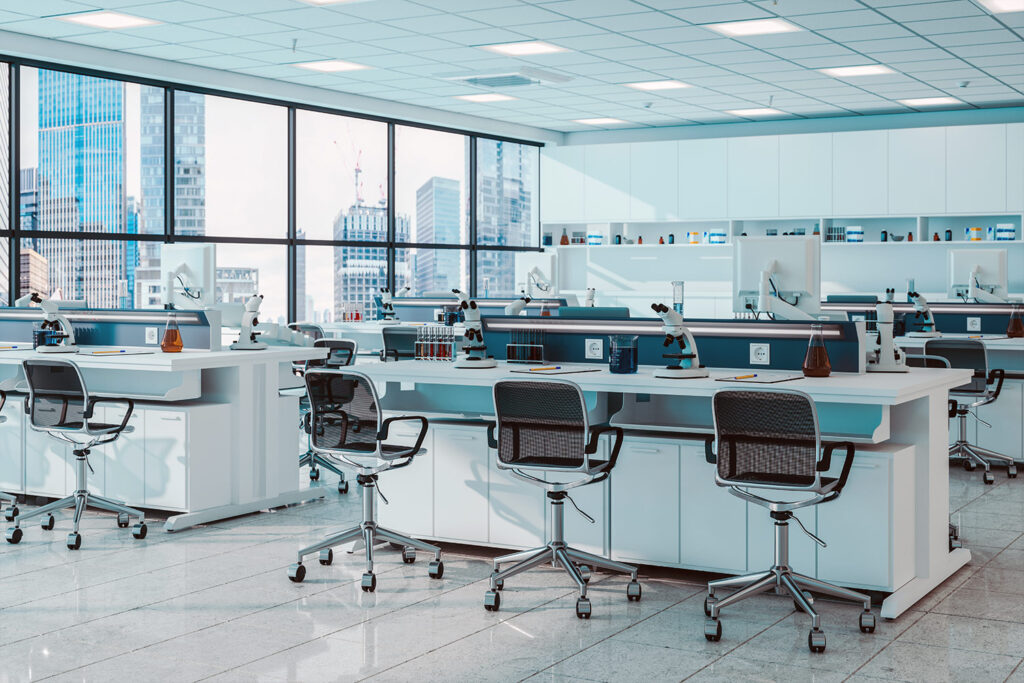
This is particularly the case at Canary Wharf, where Canary Wharf Group and Kadans Science Partner have formed a joint venture to develop North Quay, a new 750,000ft2 life science-focused, wet lab-enabled 22-storey tall building alongside the distinctive commercial towers of Canary Wharf. The development will be the first phase in the creation of a world-leading centre for health and life sciences on the 3.3-hectare North Quay site next to the new Elizabeth line station. Buro Happold is providing both laboratory consulting and building services engineering (MEP) on the project.
“The project is really looking to create a life sciences ecosystem in this part of London,” Chris Abell adds. “It’s one of the real leaders in this shift to the city for science developments.”
